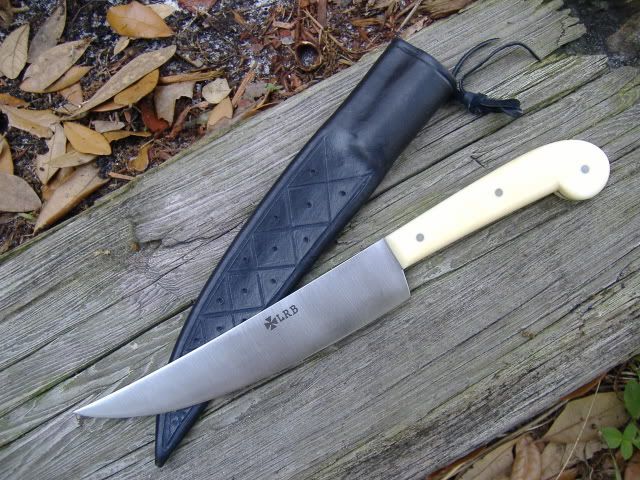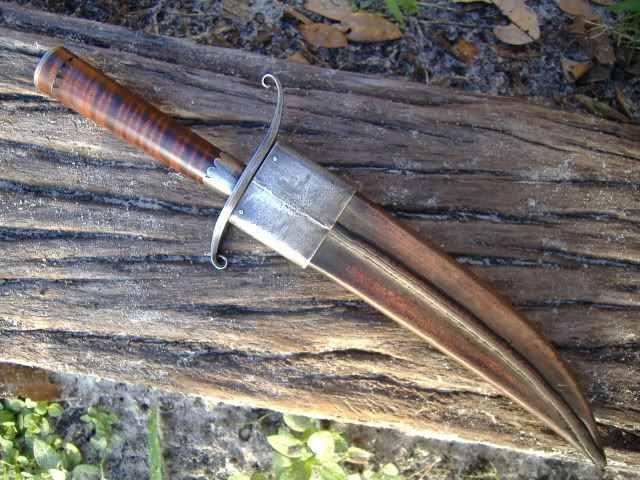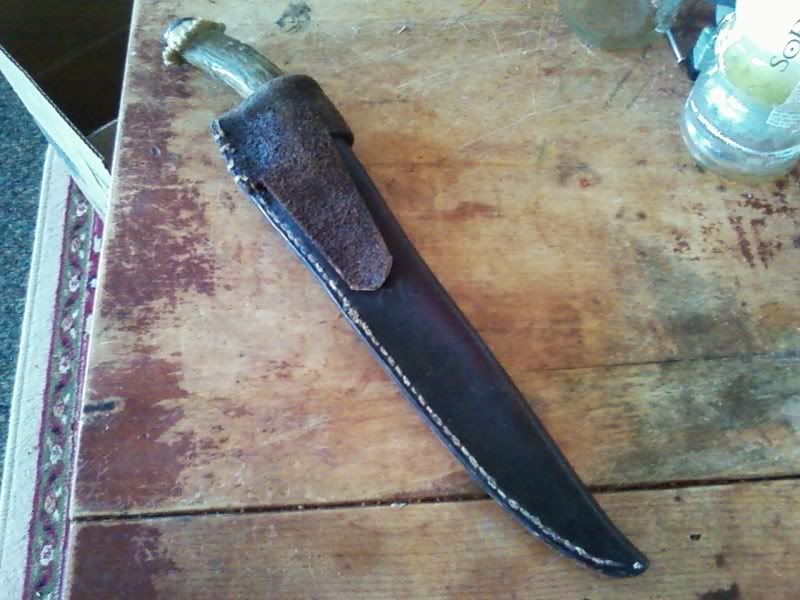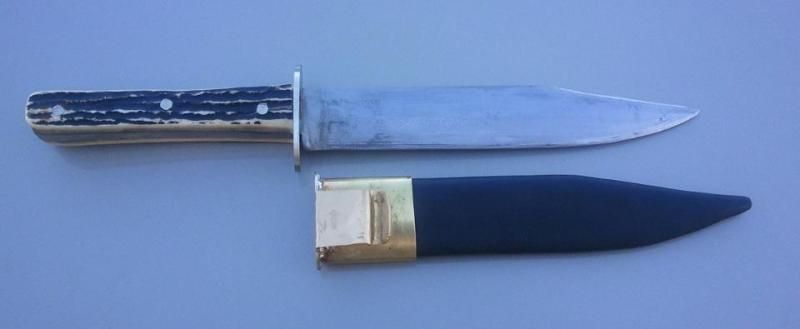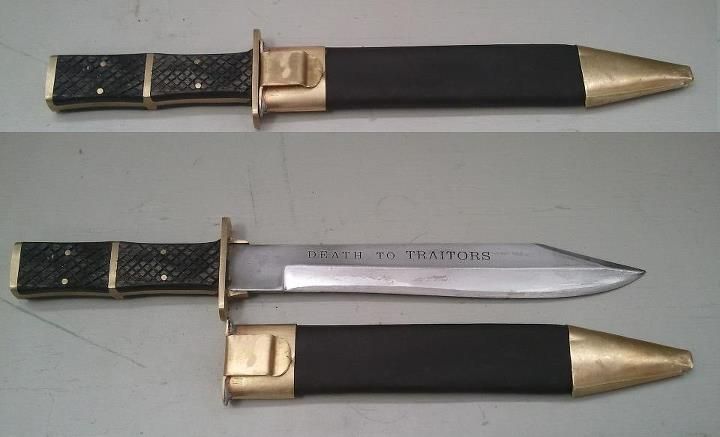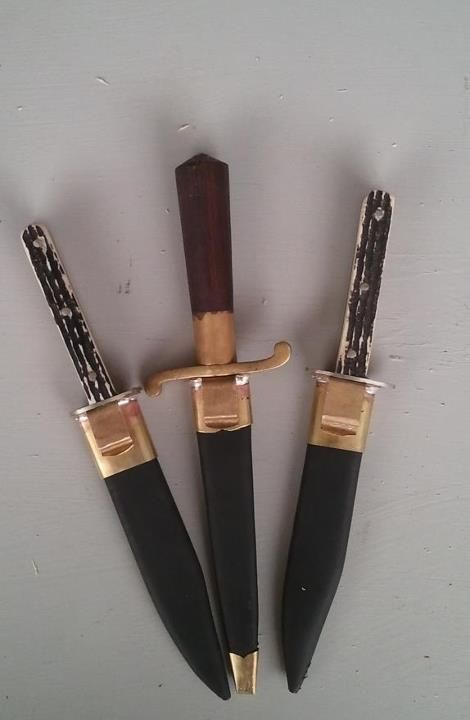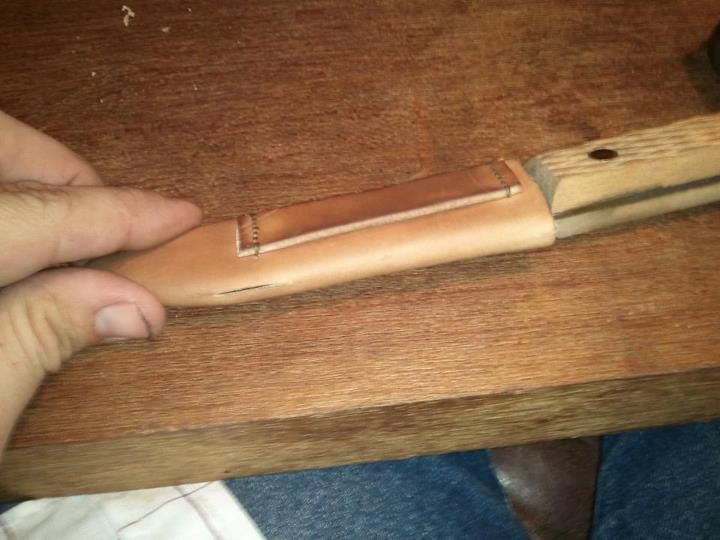phoenix511
40 Cal.
- Joined
- Jul 28, 2008
- Messages
- 380
- Reaction score
- 1
Anyone direct me to sources that show a center seam sheath for use with a sash or belt knife, with the stitching at the back, rather than the front?
This should make for a neat appearing sheath, with the front flat and smooth. Many 19th century flat blade bayonet scabbards, especially British, are made this way
I'm interested in 17th, 18th, early 19th century era in the USA, or western Europe. Museums, books, illustrations, pictures, sketches, etc.
This should make for a neat appearing sheath, with the front flat and smooth. Many 19th century flat blade bayonet scabbards, especially British, are made this way
I'm interested in 17th, 18th, early 19th century era in the USA, or western Europe. Museums, books, illustrations, pictures, sketches, etc.










